A WO3–graphene photocatalyst has been developed that can efficiently degrade the dye Rhodamine B.
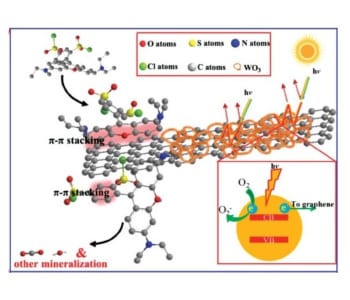

A WO3–graphene photocatalyst has been developed that can efficiently degrade the dye Rhodamine B.
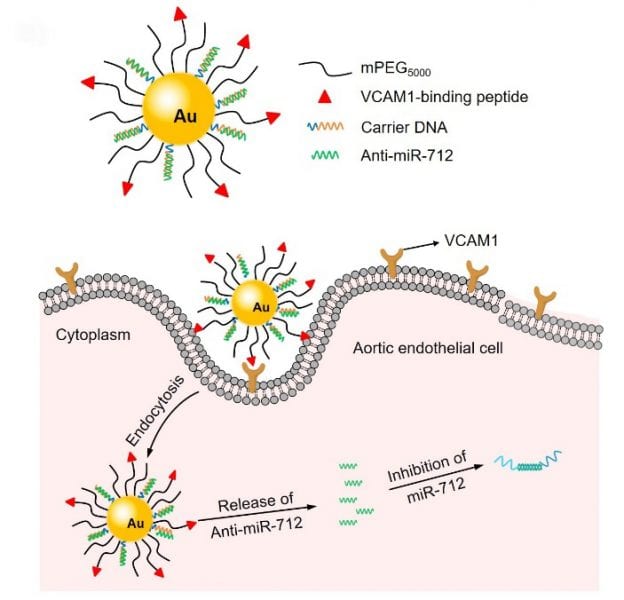
Researchers from Georgia Tech and Emory University have used gold nanospheres for the targeted delivery of anti-miRNA into inflamed endothelial cells to suppress atherosclerosis.
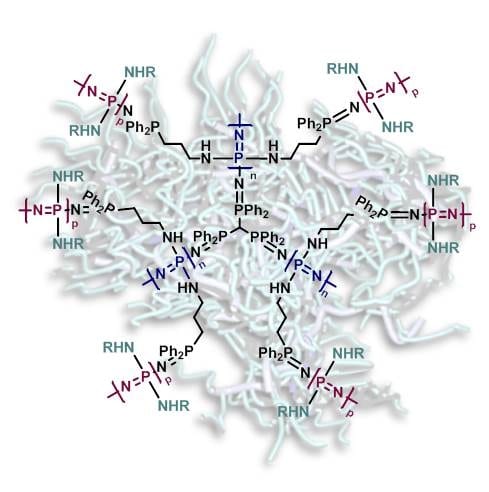
In a new study, researchers from the Johannes Kepler University in Linz, Austria, present for the first time a synthetic route to prepare polyphosphazenes with globular, highly branched morphologies (so called “star dendritic molecular brushes”) and controlled size.
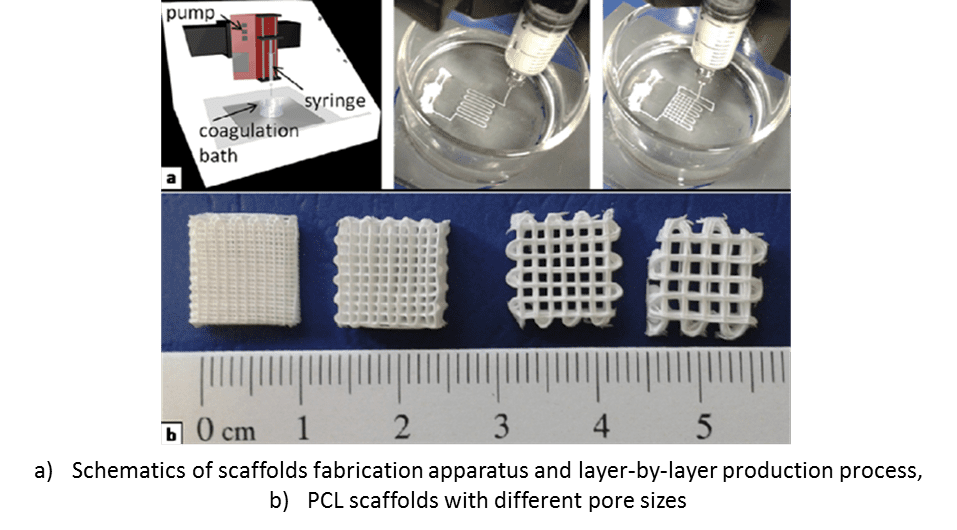
A common goal for tissue engineering has been finding a way to regenerate and repair the inflamed tissues.
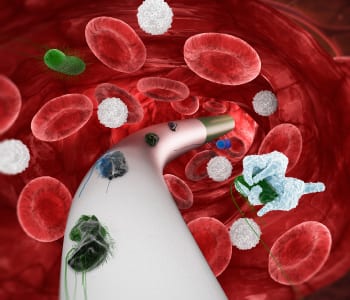
Antibiotic-resistant bacteria are a challenging threat to human life, especially in healthcare institutions.
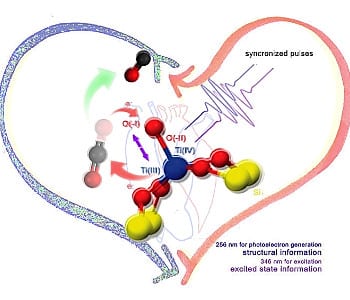
4D ultra-fast electron microscopy can peer into and peel away the most subtle details and beauty of photocatalysis, providing a new sharp focus realism of human-made nano machinery for the solar powered fixation of CO2 to fuels and chemical feedstocks.
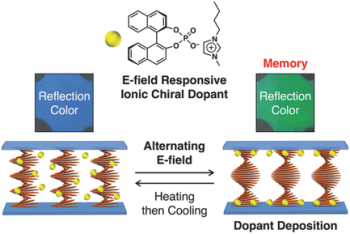
One of promising candidates for the next generation display devices is electronic paper (e-paper).
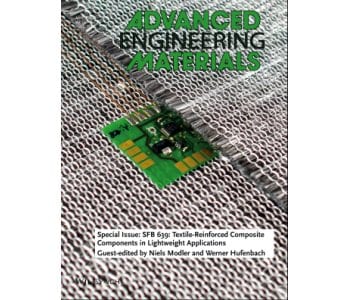
This special issue of Advanced Engineering Materials presents research from the Collaborative Research Centre SFB 639.
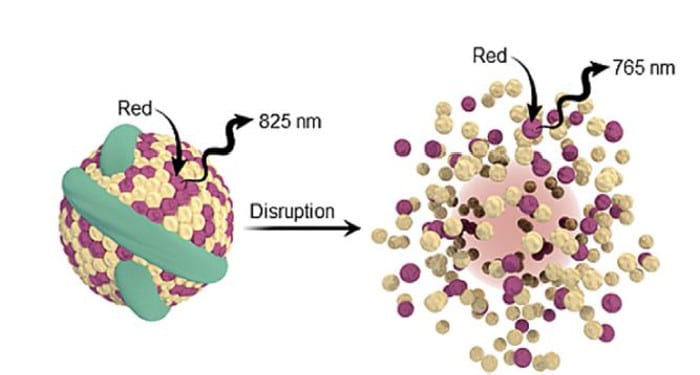
Researchers from Canada have used structure-dependent dual-wavelength emission to distinguish between intact and disrupted nanocarriers with ratiometric imaging.
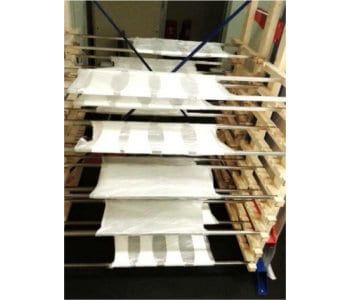
It is shown that soft fillers significantly influence the long-term stability of silicone elastomers.